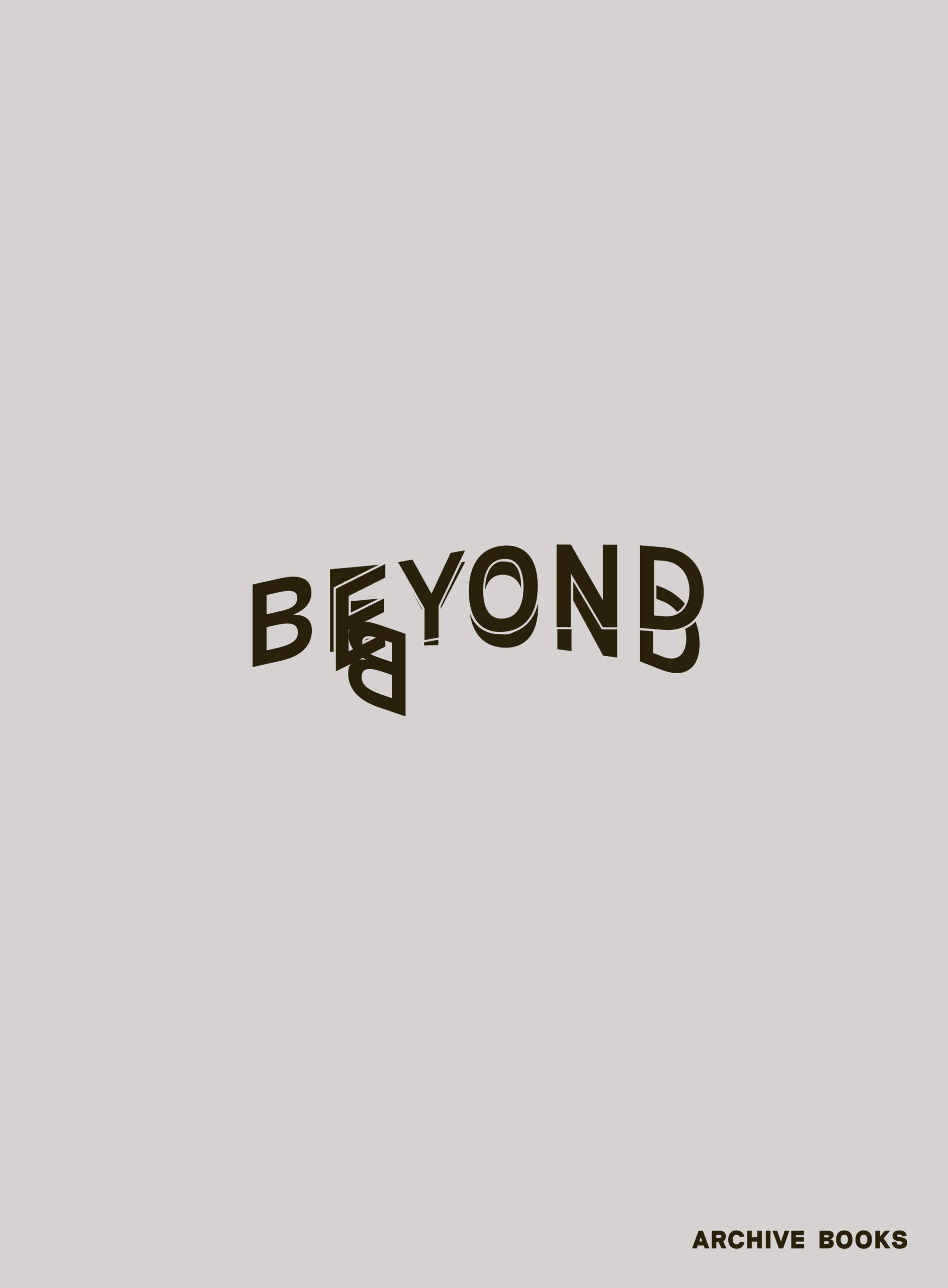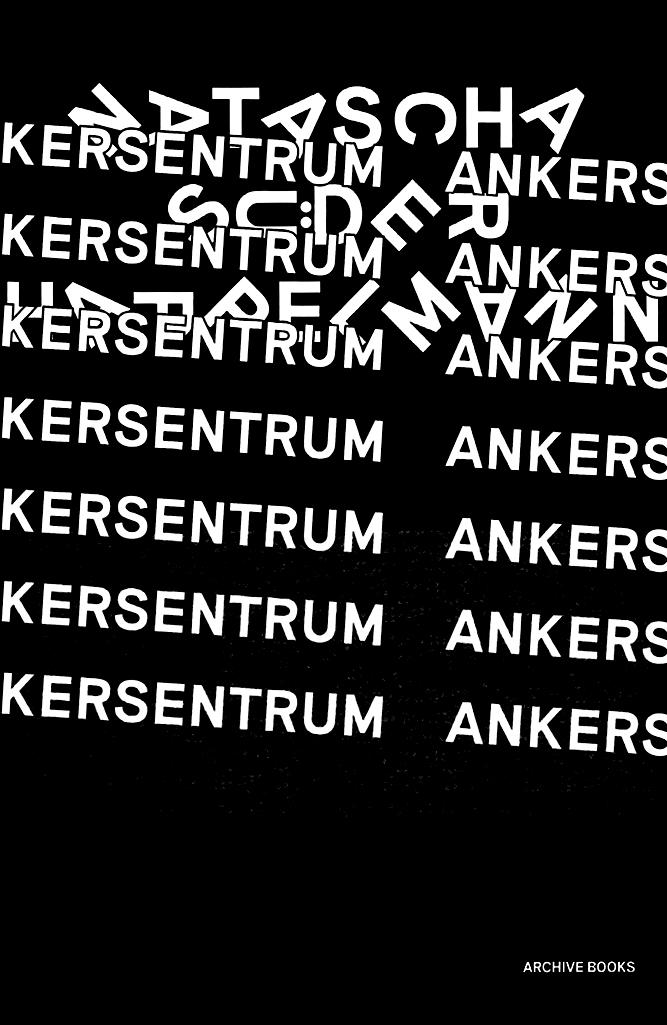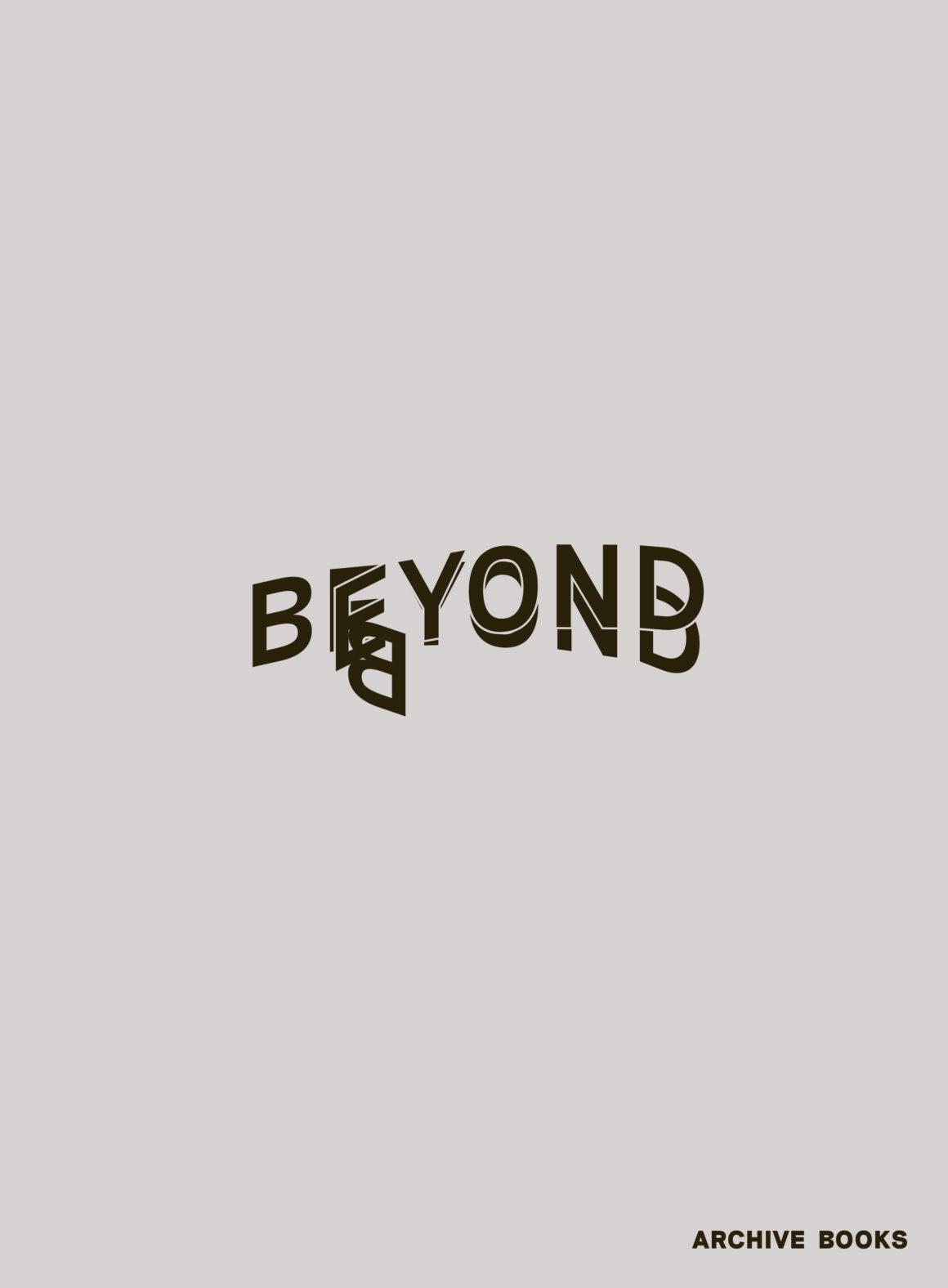
The publication beyond repair is comprised by an assembly of materials from an eponymous study gathering in Venice in 2019. The study gathering traced and linked irreversibly damaged and damaging conditions and spaces shaped by extractivism and accumulation. Taking the awareness of irreparability as its point of departure, it focused on the tumultuous resonances generated by flight, resistance and self-organization—and the aesthetic and social processes they set in motion. The publication comprises contributions by some of those who spoke, performed, and shared their research at the public program of the beyond repair study gathering. The gathering took place on Lido and Le Vignole, two islands in the Venetian Lagoon, June 12–28, 2019 as part of the public program of Ankersentrum (surviving in the ruinous ruin), Natascha Süder Happelmann’s contribution for the German Pavilion at the 58th Venice Biennale. Ankersentrum (surviving in the ruinous ruin) spanned various activities and formats including videos, performances, print and online publications, parallel to a large-scale installation at the pavilion.
The book Beyond Repair follows the publication of Ankersentrum (surviving in the ruinous ruin) that was published on the occasion of the opening of the German Pavilion in May 2019. The beyond repair study gathering was a collaboration between the German Pavilion 2019, Biennale Urbana, University of the Arts Bremen (HfK) and the University of Venice Graduate Program in Visual and Performing Arts; the program was kindly co-hosted by the Global Campus of Human Rights Lido, Conservatorio Benedetto Marcello, Polveriera delle Vignole and Iuav di Venezia.
“to acknowledge, study, and mourn what cannot be repaired, and to reach beyond — towards and within unstable forms and possibilities of survival, tumultuous self-organization, resistance and commoning”
Beyond Repair
COMPANION PUBLICATION
Ankersentrum (surviving in the ruinous ruin) houses several voices that were instrumental to the creation and articulation of Natascha Süder Happelmann’s contribution for the German Pavilion at the 58th Venice Biennale. It is simultaneously a trace of the process of witnessing and an autonomous space to follow the different trajectories the work engages with.
Natascha Süder Happelmann’s work deals with what could be called ruinous spaces. Spaces that have created conditions or facts that are irreversible or irreparable. Süder Happelmann is of the opinion that some spaces are already ruins at the time of their creation. Their ruinous character is often already inherent in the idea behind them. It is precisely these spaces that Natascha Süder Happelmann seeks out in her quest for the unstable formations of possibility and survival.

